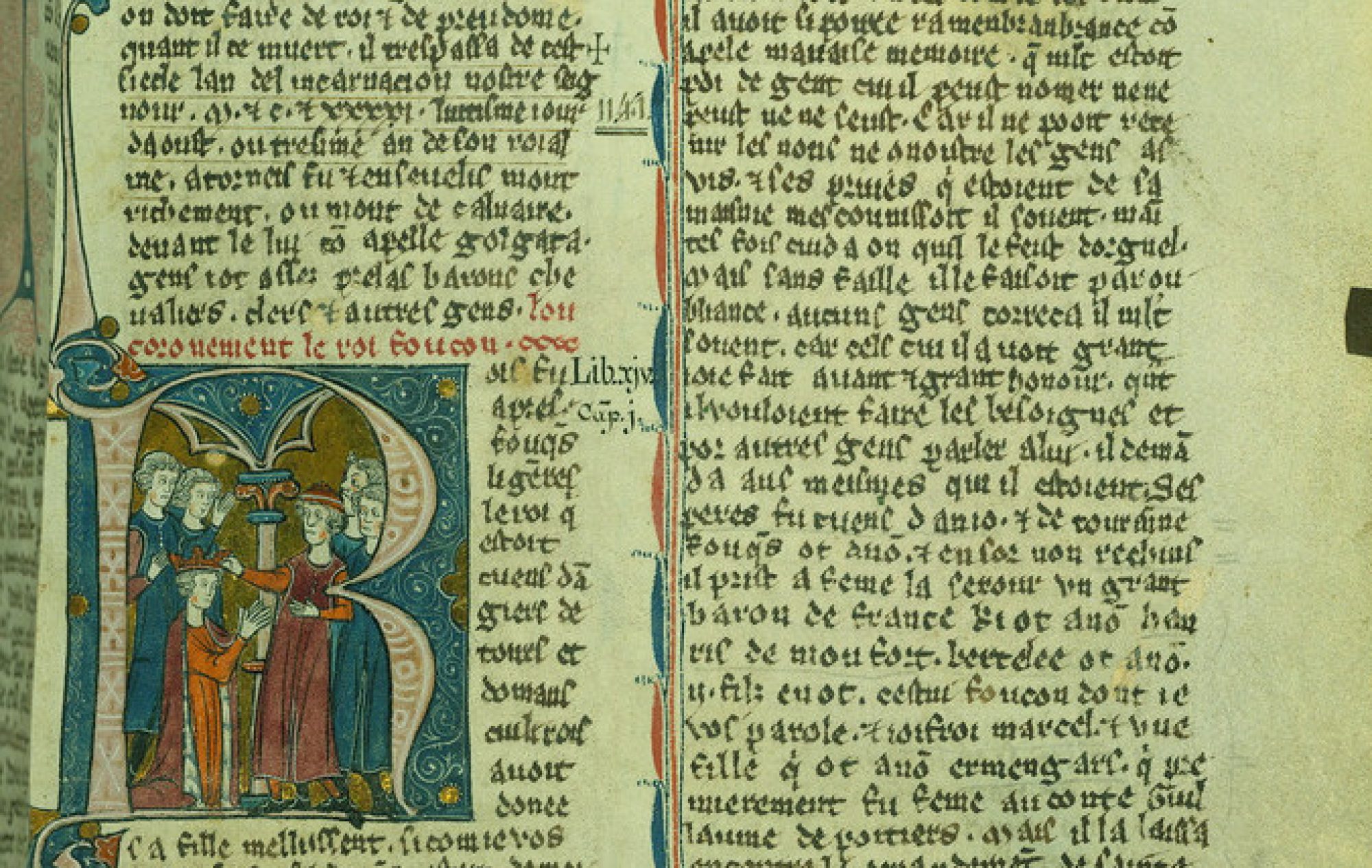The Little Ice Age was precisely what one might assume it to be. A cooling period, where glacial expansion occurred, but not extreme enough to be considered a full ice age. Many rivers and seas that had not frozen over for thousands of years were frozen, and Europeans suffered poor crops and unhealthy livestock during this period.

Some examples of these instances include: the Baltic seas freezing over during the winter of 1315-1316, the lagoons of Venice freezing numerous times, such that carriage was the only feasible mode of transportation, and many people freezing to death or suffocating in the snow.1 The European people did not know how to deal with such a newfound cold and thus suffered greatly. People had to switch the type of livestock they raised, and in some instances had to switch to simply breeding livestock instead due to the poor climate for certain species.2 Not only were the winters excessively harsh during the Little Ice Age, but the snowmelt also caused many problems. For example, snowmelt flooding poisoned pastures which led to animal epidemics.3
On a positive note, the Little Ice Age rid Europe of diseases such as malaria, as it was too cold for mosquitoes to live. Unfortunately though, the ice age gave rise to other, arguably worse, diseases. The thicker, warmer clothing worn during the time provided a perfect home for lice and fleas. These creatures brought an especially fatal form of typhus along with them.4 Due to the rise of new diseases and lack of harvests, many people experienced famine and therefore died. The onset of the colder weather led directly to the Great Famine of 1315-1321, and later on, to the Black Plague in 1348.5

With all of these hardships, the population searched earnestly for someone to pin the blame on. It seemed a natural jump to turn to so-called “witches”. Witches were expressly different from female healers and sorceresses, as they had powers which were often attributed to fairies. The range of their powers was broad, and included the ability to sneak into houses through cracks and keyholes, drinking wine cases to the bottom without any perceptible loss of wine, “gobbling” up animals and then putting them back together so on one knew the difference, making people fall in love, and restoring things that had been lost or stolen were all traits attributed to witches.6 Then the Christian interpretation began to gain popularity, which stated that witches were in league with the “evil one”, and were bound to him. It was publicized that their primary task was to cause mischief and in reality, they contaminated wine and animals, sowed disease and discord, killed and ate children (an echo of the charge of ritual murder), called down impotence on men and infertility on women, animals and crops.7 These witches were therefore blamed for all the misfortunes occurring in Europe.
There is a direct link between the cooling temperatures and the increase of so-called witches, as anyone deemed “suspicious” could be a witch, and therefore all the problems in society could be blamed upon this person.8 Eventually scientists sought a more realistic option as to why the temperature fluctuated so much, deeming it could only be the work of nature or of God.9 Overall, the concept of witches and the rise and fall of witch hunting correlates directly with the duration of the Little Ice Age.10
- Wolfgang Behringer, A Cultural History of Climate (Cambridge, England: Polity, 2010), 92, 95.
- Ibid, 96.
- Ibid.
- Ibid, 97.
- Ibid, 104
- Ibid, 128.
- Ibid 129.
- Ibid 128.
- Brian Fagan, The Little Ice Age: How Climate Made History 1300-1850 (New York City, New York: Basic Books, 2000), 91.
- Ibid.
- Abraham Hondius, The Frozen Thames, Museum of London, 1677.
- Luigi Sabatelli, La Peste di Firenze, 1772-1850.
